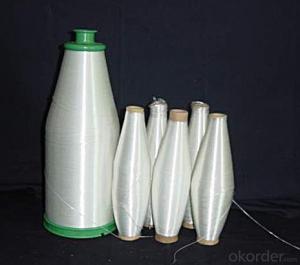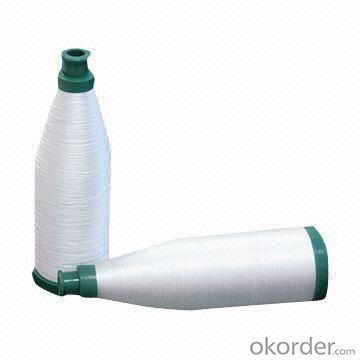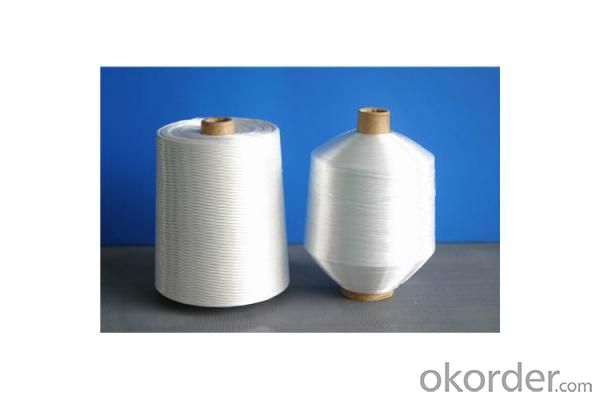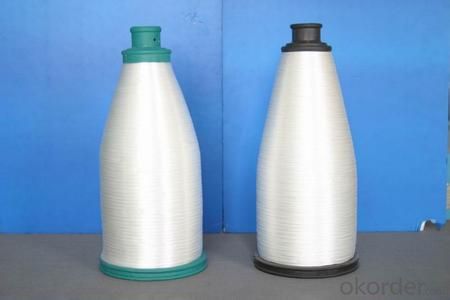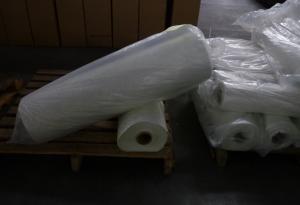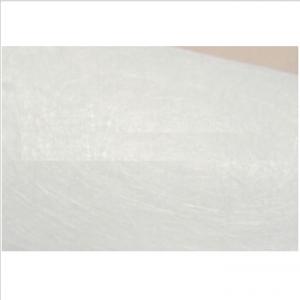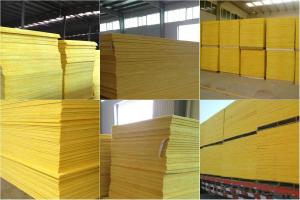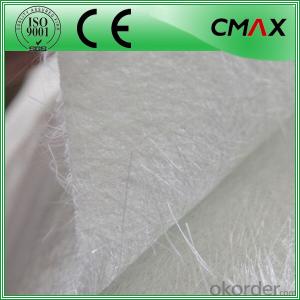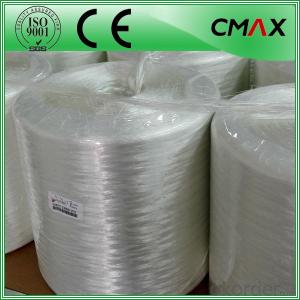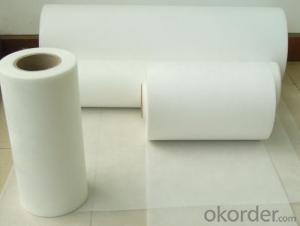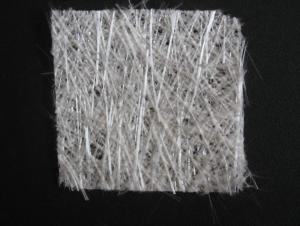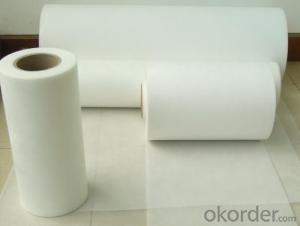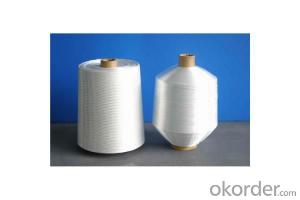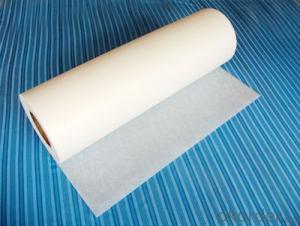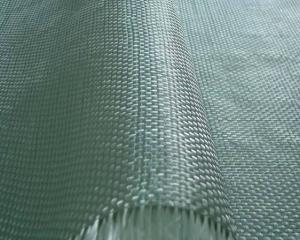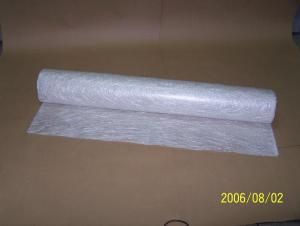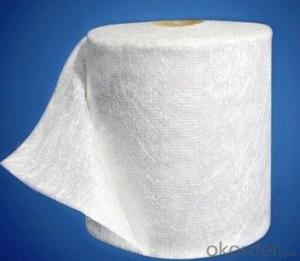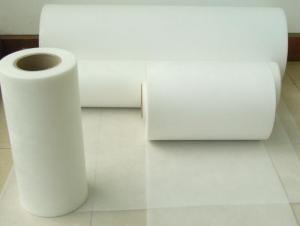Fiberglass Mat Tissue C Glass or E Glass Fiber Yarns for Electronic Usage
- Loading Port:
- Shanghai
- Payment Terms:
- TT or LC
- Min Order Qty:
- 20000 kg
- Supply Capability:
- 200000Kg Per Month kg/month
OKorder Service Pledge
OKorder Financial Service
You Might Also Like
1.Brief Introductions
C-or E-textile glass a kind of additional twisting and plying yam. With the characteristics of high strength, corrosion resistance, heat resistance and high moisture absorption, no-alkali yam has high electric insulation, so it used to produce weaved wires and cables’ wrap cladding, protection sleeve, train of mine, insulation materials of electric machinery, every yam of woven cloth and other industrial yam. It can also supply big and little paper cube and other cube yams with different shapes and different roll weight.
2.Product Features
Fiberglass yarn
Made from 4-9um fiberglass
Smaller:450g-600g/roll,Big:1.5Kg/ROll
Direction of Twist '' S ''
Consistent linear density
High filament tensile strength
Low fuzz No joint
Low cost with paper bobbin.
Application:
a.Applying for exterior wheel or veil wheel of automotive;
b.Applying for rubber reinforced products;
c.Applying for weaving all kinds of insulation and reinforcement: fabric,sleeve,tape,mesh, insect screen, sunshade fabric etc.
3.Product Specifications
Product Code | Tex | diameter (um) | Sizing. | breaking strength | Twist |
CC7.5-22-1/2 110S | 44 | 7.5 | paraffin | ≥15.5 | 110±10 |
EC9-33-1/2 65S | 66 | 9 | ≥24.1 | 65±5 | |
EC8-25-1/2 65S | 50 | 8 | ≥19.2 | 65±5 | |
CC9-33-1/2 65S | 33 | 9 | ≥20.6 | 65±5 | |
CC11-44-6/0 | 264 | 11 | ≥81.6 | ||
CC11-44-1/3 110S | 132 | 11 | silane | ≥40.8 | 28±3 |
EC9-68-1/0 28Z | 68 | 9 | ≥18.0 | 28±3 |
Special specification can be produce according to customer requirements.
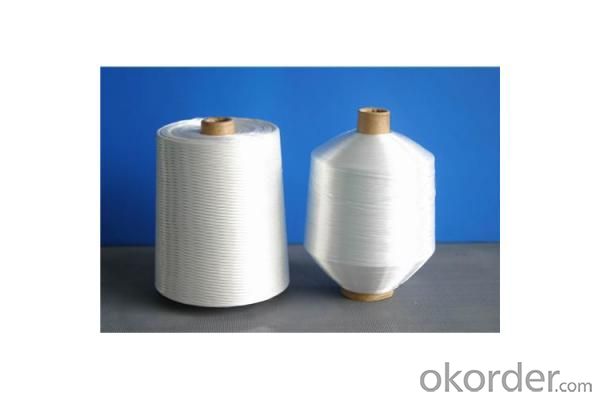
4.FAQ
Storage:
Unless otherwise specified,It should be stored in a dry, cool and rain-proof area. It is recommended that the room temperature and humidity should be always maintained at 15℃~35℃ and 35%~65% respectively.
- Q: What are the factors that affect the diameter of electrospun nanofibers?
- Application of drug controlled release, tissue engineering, the application of biomimetic materials and artificial organs, sensor film principle: electrospinning is a polymer solution (or melt) forming process of fiber in high voltage field, its core is to take charge of the polymer solution or melt flow and deformation in electrostatic field, and then by solvent evaporation or melt cooling and solid...
- Q: What are the advantages of using fiberglass mat tissue?
- There are several advantages to using fiberglass mat tissue in various applications. Firstly, fiberglass mat tissue is lightweight, making it easy to handle and transport. This makes it a practical choice for construction and manufacturing industries. Secondly, fiberglass mat tissue offers excellent strength and durability. It has a high tensile strength, which means it can withstand heavy loads and resist tearing or breaking. This makes it an ideal material for reinforcing structures and providing structural integrity. Additionally, fiberglass mat tissue is highly resistant to corrosion, chemicals, and weathering. It does not rust, rot, or degrade when exposed to harsh environmental conditions, making it suitable for outdoor applications. Another advantage of using fiberglass mat tissue is its versatility. It can be easily molded into different shapes and sizes, making it suitable for a wide range of applications. Whether it's used for building materials, automotive parts, or even boat hulls, fiberglass mat tissue can be tailored to meet specific design requirements. Furthermore, fiberglass mat tissue is an excellent thermal insulator. It can effectively trap heat, making it energy-efficient and cost-effective for insulation purposes. This can contribute to reducing energy consumption and lowering heating or cooling costs in buildings. Lastly, fiberglass mat tissue is fire-resistant. It does not ignite easily and can withstand high temperatures without melting or releasing toxic fumes. This makes it a safe choice for applications where fire safety is a concern, such as in the construction of fire-resistant doors or insulation materials. In summary, the advantages of using fiberglass mat tissue include its lightweight nature, strength and durability, resistance to corrosion and weathering, versatility in design, thermal insulation properties, and fire resistance. These qualities make it a highly desirable material in various industries and applications.
- Q: How does fiberglass mat tissue perform in terms of moisture absorption?
- Fiberglass mat tissue performs exceptionally well in terms of moisture absorption. Due to its composition of multiple layers of glass fibers and a binder, it can effectively resist moisture penetration, making it highly resistant to water absorption. This property makes fiberglass mat tissue an ideal material for various applications where moisture resistance is crucial, such as in roofing, insulation, and composite manufacturing.
- Q: Is fiberglass mat tissue suitable for insulation in educational facilities?
- Yes, fiberglass mat tissue is suitable for insulation in educational facilities. It offers excellent thermal insulation properties, is easy to install, and provides effective soundproofing. Additionally, it is fire-resistant, durable, and cost-effective, making it a practical choice for educational buildings.
- Q: Can fiberglass mat tissue be used for insulation in pharmaceutical storage areas?
- Pharmaceutical storage areas can benefit from the use of fiberglass mat tissue for insulation purposes. This versatile material possesses outstanding thermal insulation properties and is widely used in various industries, including pharmaceuticals. Its ability to regulate temperature and provide insulation against heat transfer makes it an excellent choice for these storage areas. In order to preserve the quality and stability of medications and vaccines, maintaining the appropriate temperature is crucial. By reducing heat transfer between different areas and safeguarding the stored products from external temperature fluctuations, fiberglass mat tissue helps create a temperature-controlled environment. Furthermore, fiberglass mat tissue is lightweight, easy to install, and resistant to moisture, making it highly suitable for pharmaceutical storage areas that require cleanliness and hygiene. It can be effortlessly positioned between walls, ceilings, and floors, acting as a barrier against heat flow and effectively maintaining the desired temperature within the storage area. Moreover, fiberglass mat tissue is a non-combustible material, adding an extra layer of safety in pharmaceutical storage areas. It does not contribute to the spread of fire, thus ensuring the protection of valuable pharmaceutical products and minimizing the risk of fire-related accidents. In conclusion, fiberglass mat tissue is a reliable choice for insulation in pharmaceutical storage areas. It offers thermal regulation, moisture resistance, cleanliness, and fire safety, ultimately contributing to the maintenance of the necessary temperature and the preservation of the integrity and stability of stored medications and vaccines.
- Q: Can fiberglass mat tissue be used for automotive repairs?
- Automotive repairs can indeed utilize fiberglass mat tissue. This versatile material finds its application across various industries, including the automotive sector. It serves to reinforce and mend auto body panels, while also addressing cracks, holes, and other damages that may afflict the vehicle's body. Comprised of resilient fibers held together by a resin, fiberglass mat tissue boasts exceptional strength and flexibility. As a result, it proves to be an ideal choice for automotive repairs. Its malleability allows it to conform to different contours and shapes of car parts, ensuring a seamless and precise restoration. Moreover, fiberglass mat tissue possesses the desirable qualities of being lightweight and durable, both of which are vital attributes for automotive repairs. It offers unparalleled resistance against corrosion, weathering, and other external elements, thereby guaranteeing the longevity of the repair. Additionally, it provides reliable impact resistance, effectively safeguarding the repaired area from further harm. Furthermore, fiberglass mat tissue harmonizes effortlessly with a wide range of automotive coatings, including primers, paints, and clear coats. This compatibility ensures a flawlessly smooth and professional finish once the repair work is completed. To summarize, fiberglass mat tissue stands as an appropriate choice for automotive repairs due to its formidable strength, flexibility, durability, and compatibility with automotive coatings. It is commonly employed in the industry to reinforce and mend auto body panels, address damages, and achieve an impeccable finish.
- Q: What is fiberglass mat tissue made of?
- Fiberglass mat tissue is made of fine strands of glass fibers that are bonded together with a resin or binder material.
- Q: Can fiberglass mat tissue be used for repairing fiberglass bathtubs?
- Fiberglass bathtubs can be repaired using fiberglass mat tissue. This tissue is a flexible and thin material used to strengthen and reinforce fiberglass surfaces. It is commonly employed in the restoration and repair of various fiberglass products, bathtubs included. To create a durable and sturdy repair, the damaged area is covered with the mat tissue and a layer of resin. This procedure helps fortify weakened or damaged sections of the bathtub, restoring its integrity and preventing further harm. Nevertheless, the success of the repair hinges on the extent of the damage and the expertise of the individual conducting the repair. To achieve optimal results, it is advisable to seek professional advice or adhere to the manufacturer's instructions.
- Q: Can fiberglass mat tissue be used for making lightweight flooring?
- Yes, fiberglass mat tissue can be used for making lightweight flooring. Fiberglass mat tissue is a material that is commonly used in construction and manufacturing industries for its strength, durability, and lightweight properties. It is made by bonding fine fiberglass strands together with a binder, which results in a thin, flexible, and lightweight material. When used in flooring applications, fiberglass mat tissue can provide several advantages. Firstly, its lightweight nature makes it easier to handle and install, reducing the overall weight of the flooring system. This can be particularly beneficial in applications where weight is a concern, such as in aircraft or mobile homes. Additionally, fiberglass mat tissue is known for its excellent strength-to-weight ratio, making it a suitable material for creating lightweight yet strong flooring. It can provide reinforcement and improve the structural integrity of the flooring, making it more resistant to cracking, warping, or other forms of damage. Furthermore, fiberglass mat tissue is resistant to moisture, chemicals, and fire, making it a suitable choice for areas where these factors are present, such as bathrooms, kitchens, or industrial settings. It also offers good insulation properties, which can help in maintaining a comfortable indoor environment and reducing energy consumption. Overall, fiberglass mat tissue can be an excellent choice for making lightweight flooring due to its strength, durability, moisture resistance, and insulation properties. However, it is important to consider other factors such as the specific requirements of the flooring application, the load-bearing capacity, and the necessary certifications or standards before finalizing the use of fiberglass mat tissue in a flooring project.
- Q: Can fiberglass mat tissue be used for insulation in hot climates?
- Yes, fiberglass mat tissue can be used for insulation in hot climates. Fiberglass is known for its excellent thermal insulation properties, which make it suitable for both hot and cold climates. In hot climates, fiberglass insulation helps to prevent the transfer of heat from outside to the inside of a building, thus maintaining a comfortable indoor temperature. It acts as a barrier by reducing the heat transfer through conduction, convection, and radiation. Additionally, fiberglass insulation is fire-resistant, durable, and does not absorb moisture, making it an ideal choice for insulation in hot climates.
Send your message to us
Fiberglass Mat Tissue C Glass or E Glass Fiber Yarns for Electronic Usage
- Loading Port:
- Shanghai
- Payment Terms:
- TT or LC
- Min Order Qty:
- 20000 kg
- Supply Capability:
- 200000Kg Per Month kg/month
OKorder Service Pledge
OKorder Financial Service
Similar products
Hot products
Hot Searches
Related keywords
